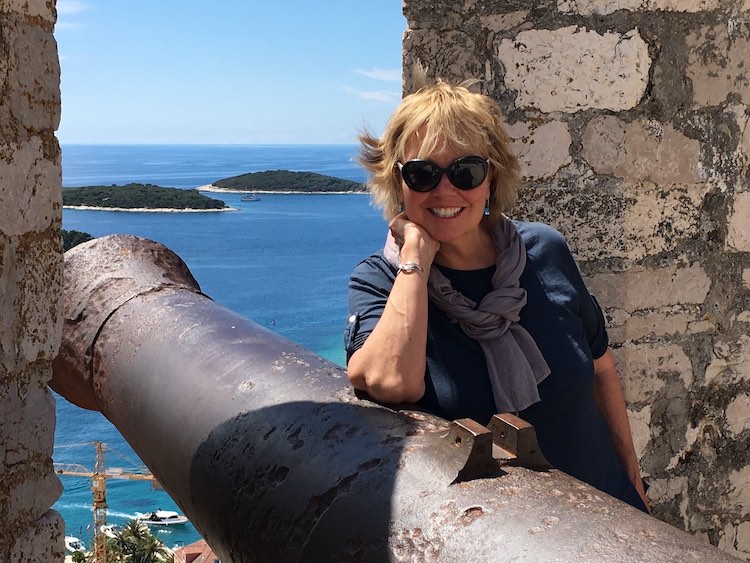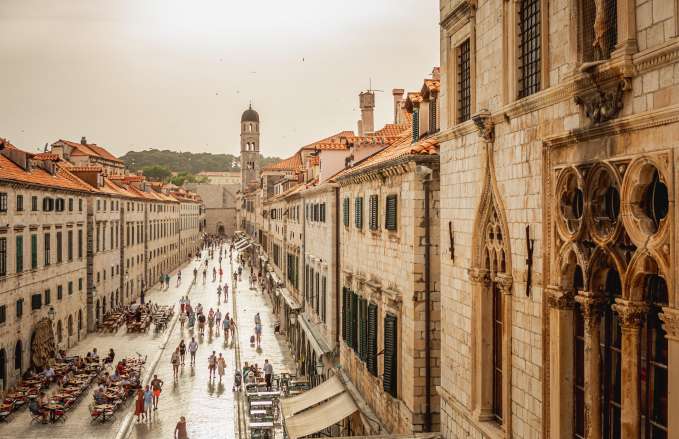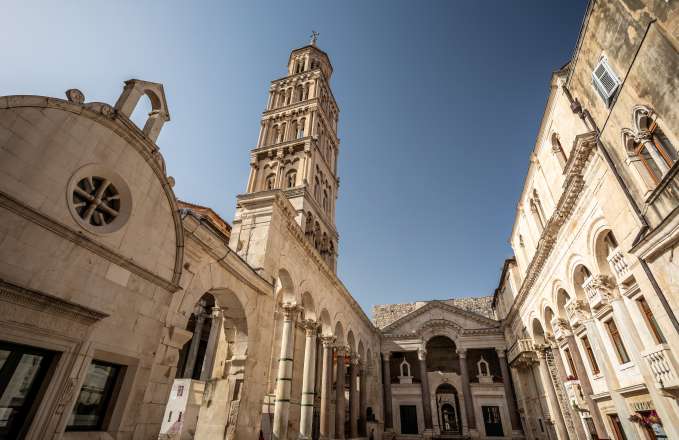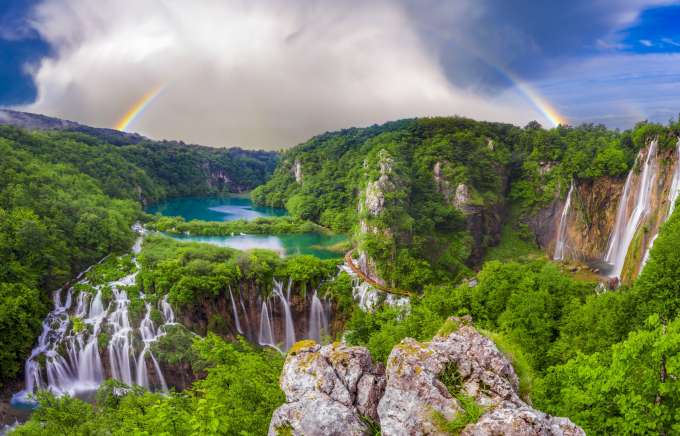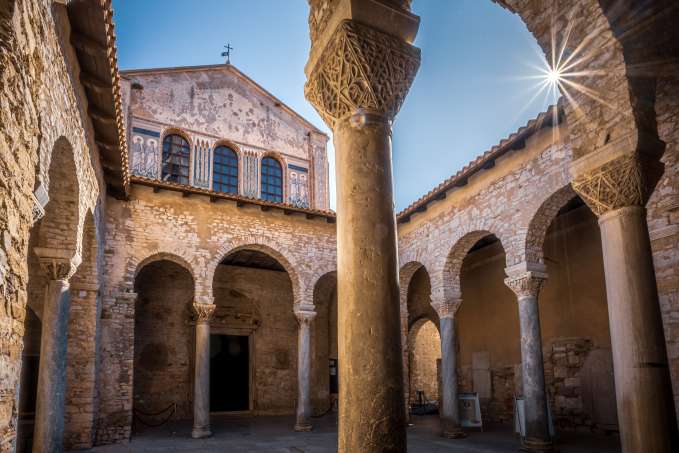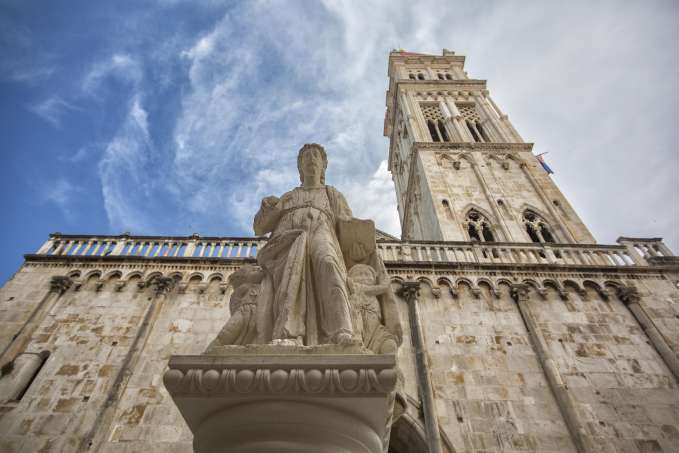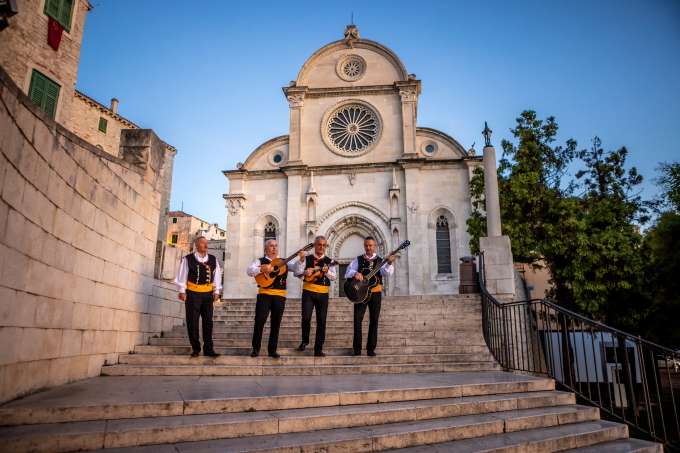From the Croatian Tourist Board: |
| Croatia celebrates the 45th anniversary of UNESCO. This year marks the anniversary of including Dubrovnik’s Old City, the Historical Complex of Split with the Palace of Diocletian, and Plitvice Lakes National Park in the UNESCO World Heritage List. Join us as we celebrate these iconic destinations’ enduring legacy and universal value.
I love sharing Croatian information having sailed numerous times from Split, touring vineyards, and most importantly getting to know the crew and my partners for yachting vacations. This is a land of culturally rich history. While I just sailed on this stunning 150′ OMNIA last May 2023, I have a blog that covers this great cruising area ~ Sailing in Croatia 2019. Visit Destination Croatia for suggested itineraries. |
||
|
||
|
||
Keep current! Catch up with us online!
Choose one or all of our social media platforms to follow the countries I am visiting. You’ll get first-hand knowledge to spark your wanderlust.
FACEBOOK: https://www.facebook.com/CarolKentYachtCharters/
YOUTUBE: https://www.youtube.com/c/CarolKentYachtChartersMarblehead/videos
It’s smarter to charter.
Start browsing for your dream yacht charter here.
You can reach out to us on our Contact Us page.
Already have dates in mind? Let’s make a plan.
Email us vacation@carolkent.com
Calling us works, too! +1 781 631 1800







